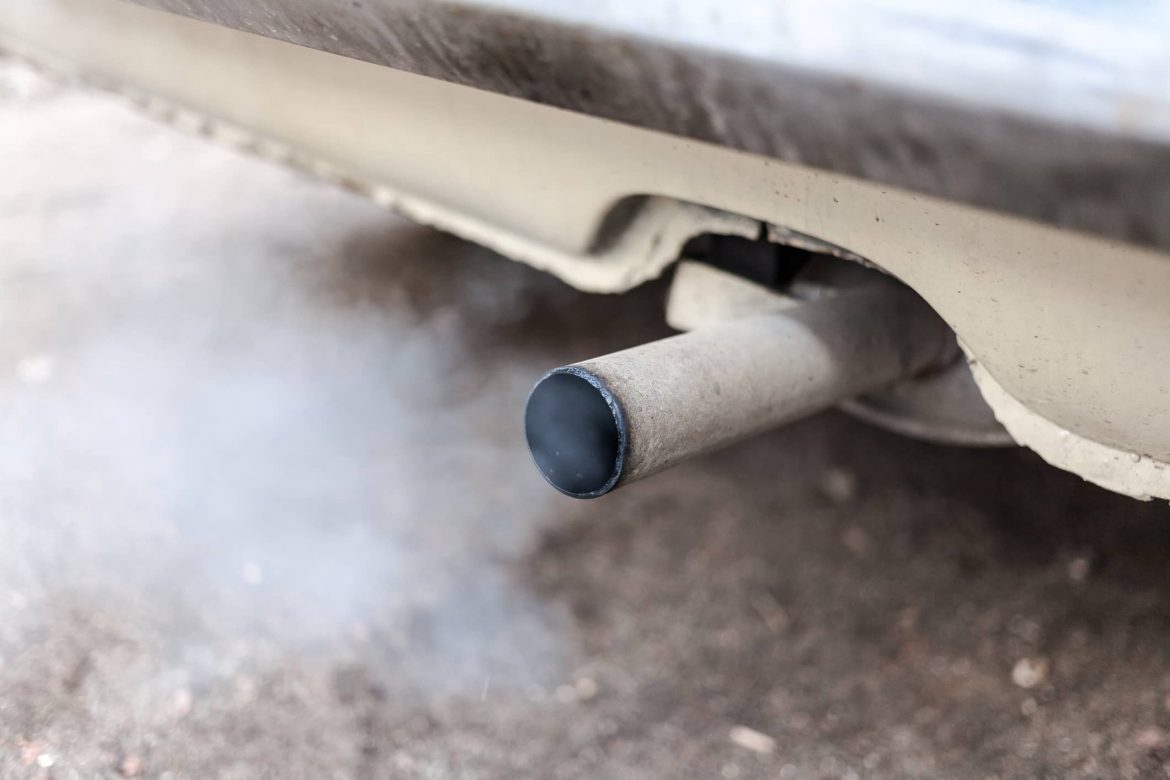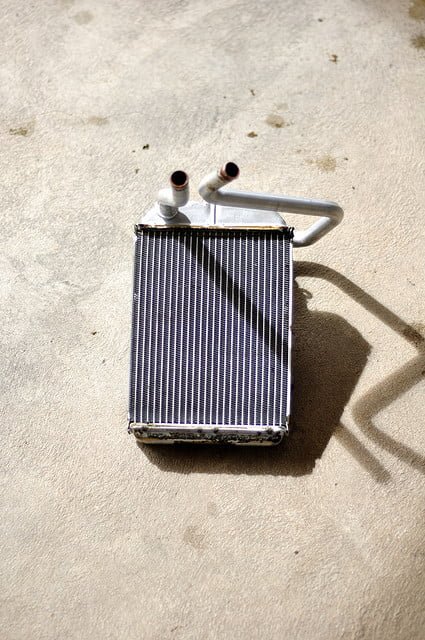When it comes to cars and trucks most of us understand what the car does, but how it actually accomplishes the things we ask it to do is a mystery. We know that the gas pedal when pushed makes it speed up and the brake pedal does the opposite. We know we have forward and reverse and heat and air conditioning, but we usually don’t know how moving those levers and turning the knobs actually accomplish the results we have come to expect. When something on you vehicle doesn’t work as you expect it can be surprising and annoying. It can be even more frustrating having no idea why things aren’t working as they should and having to shell out money to get something fixed that you don’t even understand how it got broken.
At BlueDevil, over the last few months we’ve been blogging about many of the different systems in your vehicle, how they should work, how they are likely to fail and some possible solutions to the problem. If you are interested, please go back through some of our other blogs to learn more about the car you use every day and how you can keep it working properly for a long time. Seeing as this post is all about head gaskets, be sure to check out our previous post on diagnosing the symptoms of a blown head gasket.
One of the most misunderstood and feared problems your vehicle can get is the blown head gasket. Some makes and models seem to be more susceptible to head gasket problems, but any vehicle has the potential of having a blown head gasket. Sometimes head gasket problems can be so bad, or so misunderstood someone will refer to it as a “blown motor”. How can one gasket cause so much trouble, and cost so much to fix that it may be worth just scrapping the whole engine and starting over?
What is a Head Gasket and How does it work?
To understand the head gasket, we have to understand why a normal internal combustion engine is built the way it is. The internal combustion engine in its simplest form is just an air pump. The intake air charge is pulled in and exhaust gases are pushed out. The key to the process is that the intake air charge is mixed with fuel, compressed and then ignited by the spark plug. The ignition process produces heat and rapidly expanding gases that force the piston down and create the power to turn the motor and move your vehicle. In order to accomplish this efficiently, you need a piston in a well-sealed cylinder that can move freely as well as a system of valves that open and close at the right time to direct the intake air, seal the combustion gases, and then release the exhaust fumes at the proper time to the proper places. To create proper seals and a combustion chamber that is the right shape and contours would be incredibly difficult and expensive to make out of one solid piece of metal.
 The best solution is to make an engine in separate pieces, usually the block separate from the cylinder head, then bolt them together with a seal in between. This seal is called the head gasket and is the single most stressed seal in an engine. The head gasket is included in the job of sealing in the combustion gases during ignition and has to deal with the constantly fluctuating temperatures of cool intake air and hot exhaust gases. If this weren’t a hard enough job, the head gasket also has to seal out the cooling water that circulates around the cylinder walls cooling the engine.
The best solution is to make an engine in separate pieces, usually the block separate from the cylinder head, then bolt them together with a seal in between. This seal is called the head gasket and is the single most stressed seal in an engine. The head gasket is included in the job of sealing in the combustion gases during ignition and has to deal with the constantly fluctuating temperatures of cool intake air and hot exhaust gases. If this weren’t a hard enough job, the head gasket also has to seal out the cooling water that circulates around the cylinder walls cooling the engine.
The head gasket in your engine has one of the toughest jobs in the engine dealing with both very low and very high pressures and a wide range of temperatures, so it’s not surprising that they do end up failing from time to time. When someone says a car has a blown head gasket, they mean the head gasket has developed a leak. The leak can be an external leak meaning the head gasket is allowing cooling water to leak out of the engine, or it can be an internal leak meaning the head gasket is allowing cooling water to be drawn into a cylinder during the intake stoke and exhaust gases to be allowed into the cooling passages during the combustion stroke.
It can often be difficult to tell you have a blown or leaky head gasket for some time so many cars are driven with the problem for many miles. As you drive with a blown head gasket, the cooling water and exhaust gases are entering places they were never designed to be and can cause severe temperature gradients across the mating surface of the block and the head. These gradients over time can cause the metal to wear or even warp significantly. The problem this causes is that even if you chose to disassembly the engine to replace the head gasket, you cannot simply put a new gasket in a put the engine back together. These wear areas and warping will cause a poor seal even if the heads are bolted onto the block the same way with a new gasket. In this case the heads and block may need to be machined flat again which can be a prohibitively expensive project.

To replace a head gasket the majority of the motor usually needs to be disassembled with the accessories removed as well as the intake and exhaust manifolds. The labor for a job like is often expensive because it requires a unique knowledge of the engine. All the factors make replacing a head gasket a very expensive ordeal which is why so many people fear having this problem.
Here at BlueDevil, we’ve come up with a surprisingly simply and less expensive solution for your blown head gasket. When you have a head gasket leak, there is a temperature differential at the leak sight which, as we talked about, can be harmful. BlueDevil has created a product that takes advantage of this temperature differential to solve the problem. Bluedevil Head Gasket Sealer is specially designed to react at these temperature differentials. At the sight of the leak, BlueDevil Head Gasket Sealer will change from a safe, particulate free liquid in your cooling system to a chemical weld quickly sealing the leak whether if its due to a warped head, block or just a leaky head gasket.
Our head gasket sealer is an inexpensive solution to your blown head gasket that will form a permanent seal restoring your engine to normal operation.
Pictures courtesy of freecarsupport.com, www.deaven.net and www.acura-legend.com
BlueDevil Products can be found on Amazon.com or at AutoZone, Advance Auto Parts, O’Reilly Auto Parts, NAPA, and other major auto parts retailers.
2 responses to "What is a Head Gasket?"
2 Comments
Leave a Reply
Related Articles




Getting water to the spark plug is it a blow head gasket the jeep will not start
Morris-
Have you noticed whether the vehicle was overheating or not? It’s possible that your jeep is getting combustion/exhaust gases pumping back into the cooling system. You can use a “Block Dye Tester” to confirm whether or not that is the case.
BlueDevil Head Gasket Sealer will still work if your vehicle is getting combustion/exhaust gases blowing into the cooling system and creating pressure. To give yourself the best overall chance of BlueDevil working successfully, in addition to the directions, you should remove the spark plug from the cylinder with the leak; this will be the spark plug from the cylinder with the low compression reading. If you are not sure which one that is, you may pull all of the spark plugs and will notice one will have a white-crystal-like substance on it and/or may look dirty; this is the plug you should pull. Leave that plug out for the 50 minute idle in order to relieve the pressure from building up and thus allowing the product to seal properly. Be sure to follow the guidelines for the proper amount to use based on the size of your cooling system.
Thank you!
-BDP